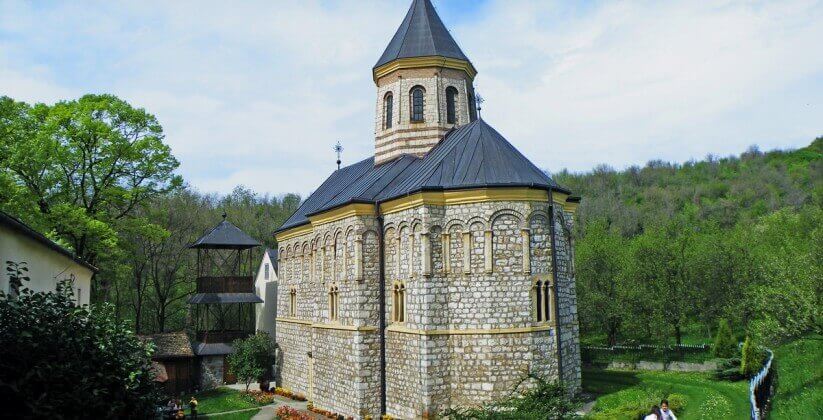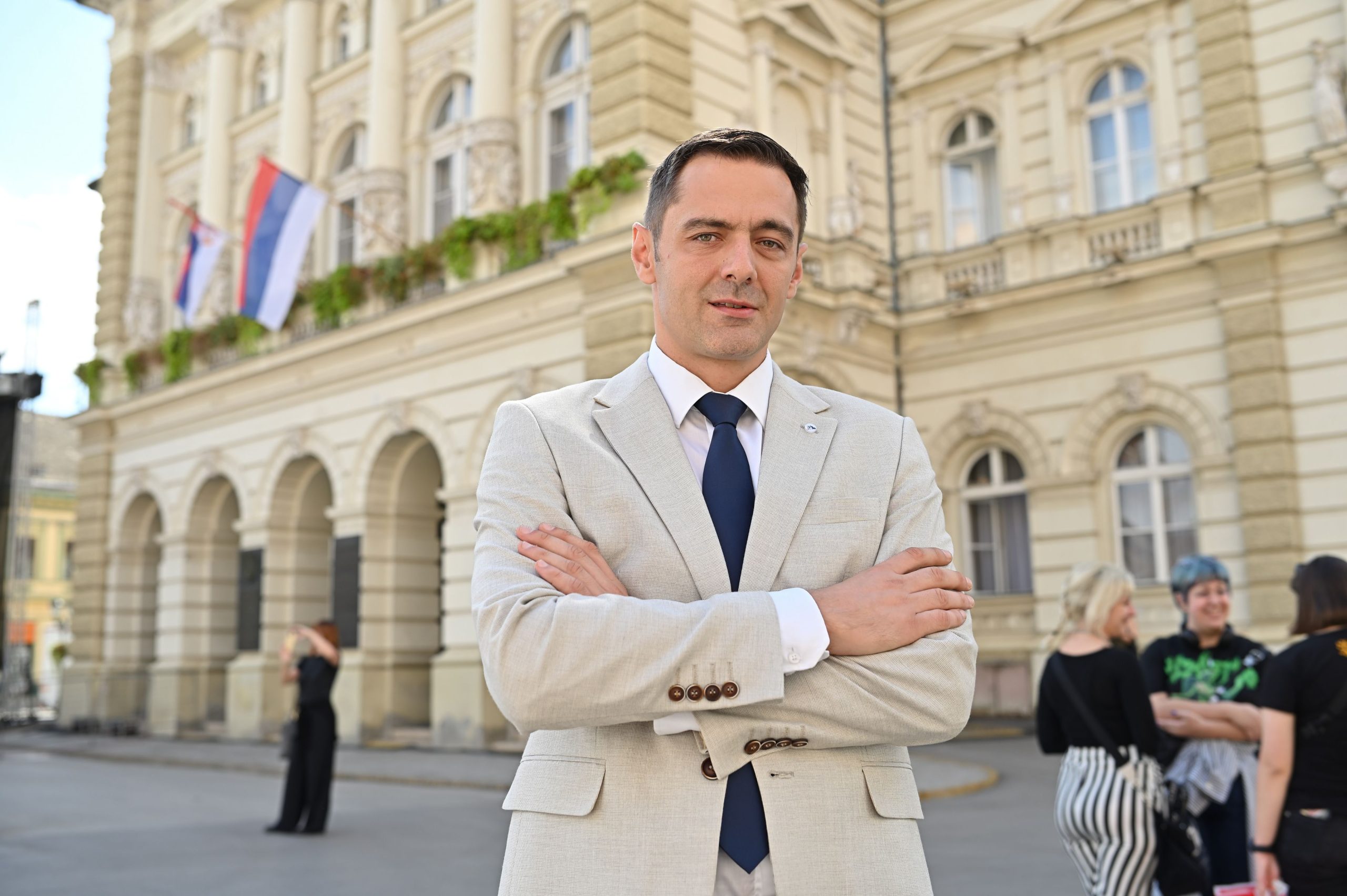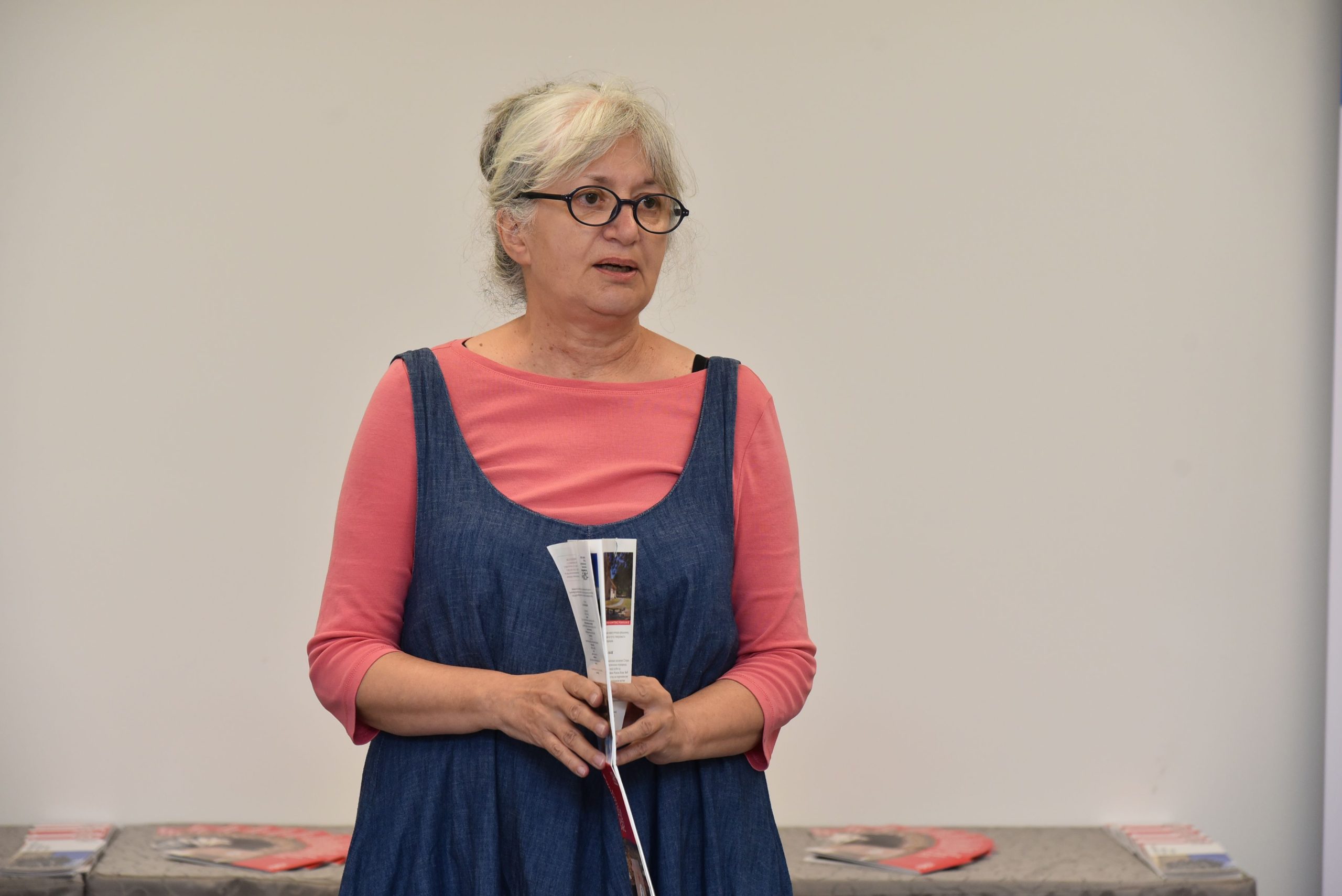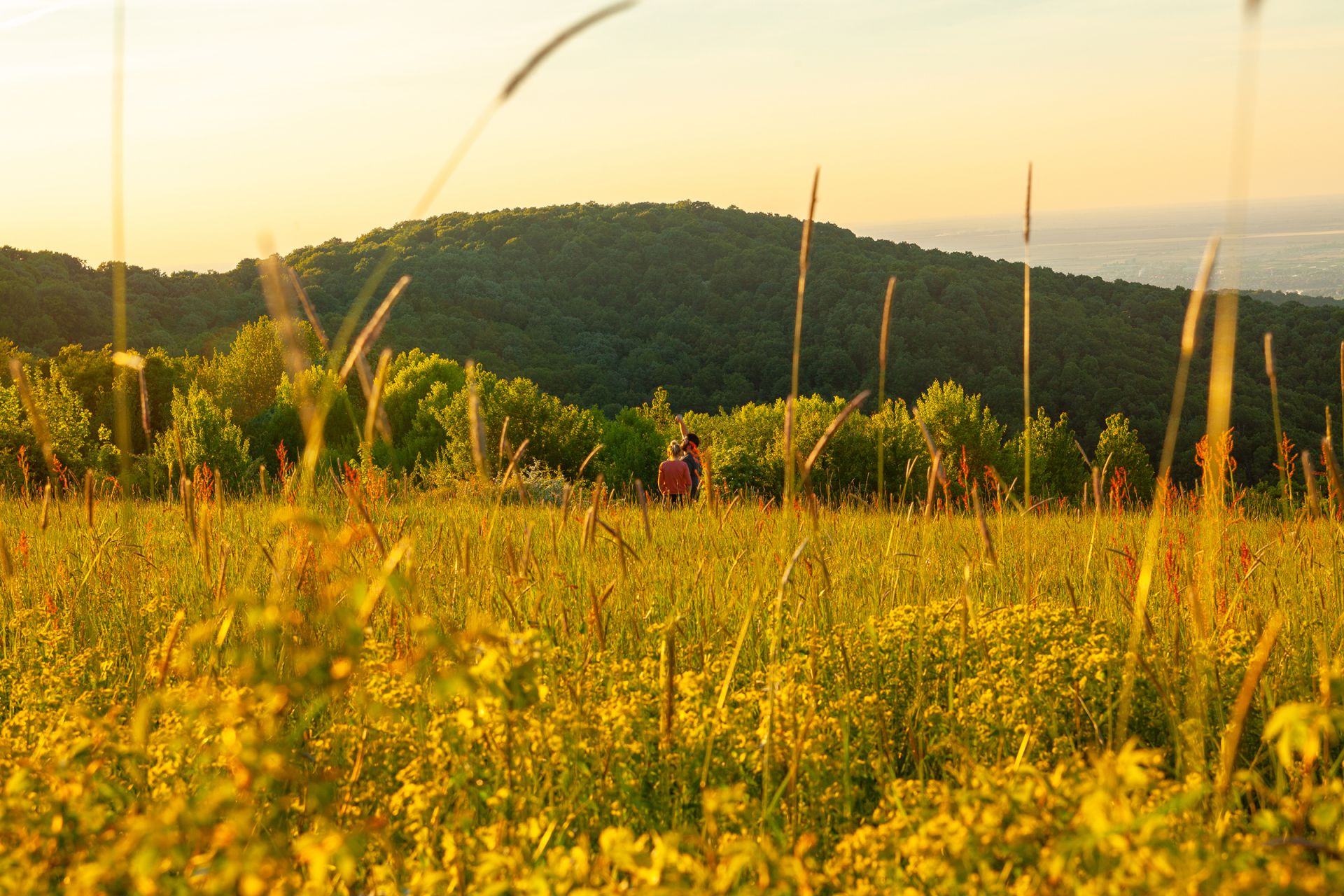In the endless sea of the Pannonian plain, in the immediate vicinity of Novi Sad, a narrow green island rises, which stretches for some 80 kilometres along the banks of the Danube. The people of Vojvodina are proud of their “mountain”, regardless of the fact that the elevation, the height of which slightly exceeds 500 meters, can hardly be called that.
The green Fruška Gora is our oldest national park. On hot summer days, it is our refuge, a place where we can escape from the city bustle, lounging in the grass on the sunny glades, soaking up the scents of herbs and listening to the chirping of birds and the buzzing of bees and walking for hours along the marked forest footpaths, refreshing ourselves on the way with fresh water from numerous springs and streams.
However, the most common reason for many tourists to visit Fruška Gora is the existence of sixteen Orthodox monasteries, which have been preserved to this day from the original thirty-five, as many as there were in the 16th and 17th centuries. Because of them, Fruška Gora received the epithet “holly”, or as they also call it “Serbian Athos”. Moving from the east to the west, there are monasteries: Velika Remeta, Krušedol, Grgeteg, Staro Hopovo, Novo Hopovo, Rakovac, Beočin, Vrdnik, Jazak, Mala Remeta, Bešenovo, Šišatovac, Petkovica, Kuveždin, Đipša and Privina Glava.
The monasteries were mostly built in the period from the end of the 15th to the 18th century and have a similar structure: a church in the middle, surrounded by walls and dormitories, while in the 18th century multi-storey, slender bell towers in the Baroque style were added. The central churches were built mainly in the Moravian style, although some, in addition to Baroque and Classicism, also show a mild influence of Islamic architecture.
Only one monastery is located in the settlement (Vrdnik), while others are tucked away in the valleys, among the slopes covered with dense forests, surrounded by orchards and vineyards, and near each monastery you can hear the murmur of a stream or find a source of drinking water. There is a popular belief that some of these springs have healing properties.
During the hundreds of years of our turbulent and tragic history, these monasteries have been severely destroyed and rebuilt, altered and extended multiple times. The rich treasuries were often looted, the archives and the libraries burned down, the beautiful iconostasis destroyed. Therefore, it is not surprising that for many monasteries we do not know either the time of construction or the names of the founders. However, it is known that the family of the last Serbian despots, the Brankovićs from Srem, who experienced a tragic fate, holds the most merits for the existence of the monasteries. Some believe that the founders of certain monasteries are the Serbian King Dragutin and other medieval Serbian rulers, but those are only legends that have not been confirmed by historical facts. Even the names of many authors of most beautiful frescoes and icons on rich iconostasis are also not known. Over the centuries, the unknown masters from the Mount Athos, Russian artists from Kiev, talented self-taught “painters”, and famous icon painters Dimitrije Bačević, Janko Halkozović, Stefan Tenecki, Teodor Kračun, as well as painters Pavle Simić and Uroš Predić participated in the painting of the walls of monastic churches and icons.
The monasteries at Fruška Gora are the guardians of our history and culture and witnesses of numerous migrations of our people before the Turkish invasion. While fleeing, they brought with them their icons, church books, relics of holy rulers and other shrines. Many prominent personalities from our past, such as Dositej Obradović, Vuk Karadžić, Lukijan Mušicki, Platan Atanacković, Ilarion Ruvarac, Laza Kostić and others used to spend time and create in monastery silence. The monasteries were not only spiritual, but also educational and cultural centres where books were re-written, reading and writing was taught, and painting schools were founded. Many important personalities from our history rest in them: bishops, patriarchs, and even one Serbian king and one princess.
Although the monasteries of Fruška Gora are seemingly similar one to another, each of them has something special that sets it apart from the others: unique architecture, harmonious proportions, massiveness and monumentality, well-preserved beautiful frescoes from various periods, magnificent ornate iconostasis, beautifully landscaped park or interesting legends from history. Even if you don’t have much time, be sure to visit at least two monasteries, the most important for our culture and history: Novo Hopovo, probably the most beautiful work of architecture of the 16th century in Vojvodina, and Krušedol, a rich treasury of paintings and unique mausoleum of prominent personalities from Serbian history, one of whom is the first Serbian king in recent history, Milan Obrenović and the wife of the founder of the Obrenović dynasty, Princess Ljubica. After spending some time in soothing silence, enjoying the timeless beauty of the figures of saints watching over you from the walls or from the iconostasis, you will come out spiritually enriched, regardless of whether you are a believer and which God you (do not) believe in.
Text: Dubravka Bajkin









